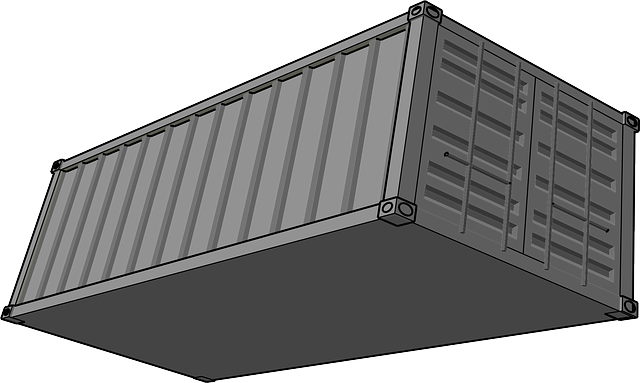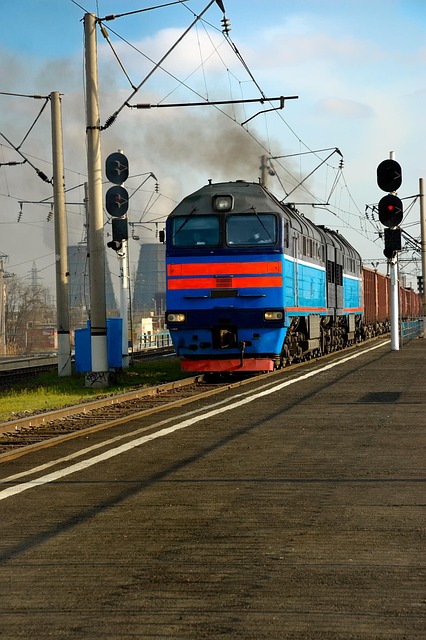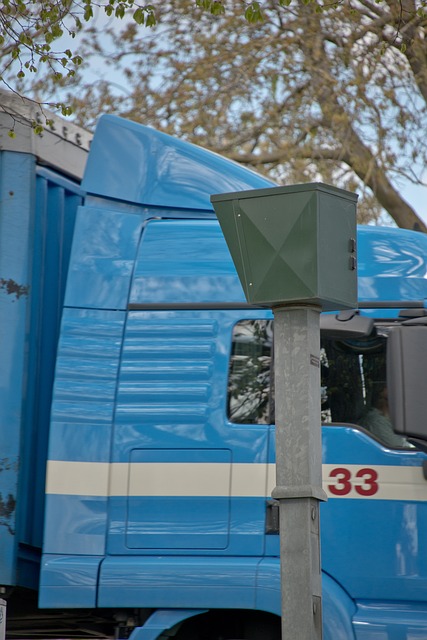The traditional insurance administration system faces significant challenges, particularly in managing high-risk assets like new fleets requiring cargo coverage. Manual processes are inefficient, prone to errors, and cause delays, leading to higher costs and reduced competitiveness. Automation and technology, including blockchain smart contracts and AI, offer solutions to streamline data entry, policy management, and claim processing, enhancing efficiency and customer experience for time-sensitive cargo operations involving new fleets.
In today’s digital era, insurance administration faces significant challenges marked by manual processes, inefficiencies, and common issues like data entry errors, delayed claim processing, and lack of real-time tracking. This article explores how technology can transform this sector, with a focus on simplifying cargo coverage and managing new fleets. We delve into the potential of automation, data analytics, and cloud computing to streamline operations, as well as specific applications such as GPS tracking and IoT sensors for enhanced fleet management and improved claim handling. Additionally, we provide best practices for implementing and maintaining technological solutions in this dynamic landscape.
The Current State of Insurance Administration: Challenges and Pain Points

The current landscape of insurance administration presents a complex web of challenges, particularly for businesses dealing with high-risk assets and operations. Traditional processes often involve cumbersome paperwork, manual data entry, and lengthy verification procedures, leading to significant delays in claims processing and policy renewals. For companies managing new fleets, such as those providing cargo coverage, these inefficiencies can translate into higher operational costs and reduced competitiveness in the market.
One of the primary pain points is the vulnerability to human error during data collection and record-keeping. With vast amounts of documentation required for various insurance policies, especially those covering specialized items like cargo on new fleets, any mistakes can have grave consequences. Automation is therefore a much-needed respite, promising to streamline these processes, reduce errors, and free up valuable resources for more strategic initiatives within the insurance industry.
– Discussion on manual processes and their inefficiencies

In the traditional insurance industry, many administrative tasks are still handled manually, leading to inefficiencies and delays. This is particularly evident when it comes to managing cargo coverage for new fleets. Manual processes involve a lot of paperwork, data entry, and manual tracking of documents, which can result in costly mistakes and an increased risk of fraud. With the constant influx of new policies, claims, and updates, insurance providers struggle to keep up with these labor-intensive methods.
The current system often lags in providing real-time visibility into policyholder information, claim status, and coverage details. This lack of digital integration hampers quick decision-making and efficient service delivery, especially when dealing with time-sensitive cargo operations. By leveraging technology, insurance administration can be streamlined, ensuring faster processing times for new fleet coverage and improved overall customer experience.
– Highlighting common issues like data entry errors, delayed claim processing, and lack of real-time tracking

Insurance administration often faces challenges due to manual, time-consuming processes. Common issues include data entry errors, which can lead to inaccurate policy information and delayed claim processing. These mistakes are particularly problematic for businesses dealing with cargo coverage for new fleets, where every second counts in ensuring smooth operations and financial security. The lack of real-time tracking further exacerbates these problems, making it difficult to monitor claims and maintain efficient administration.
Technology offers a promising solution to streamline these processes. By implementing digital systems, insurance providers can automate data entry, reducing errors and increasing the speed at which policies are managed and claims are processed. Real-time tracking features enable better visibility into claim status, benefiting both insurers and their clients—especially those with high-value cargo or new fleets requiring prompt coverage adjustments.
How Technology Can Transform Insurance Administration

Technology has the power to revolutionize insurance administration, making processes more efficient and accurate. By leveraging digital tools, insurers can streamline various aspects of managing risks and providing coverage. For instance, automation in data processing for cargo coverage or new fleets can significantly reduce manual effort, minimizing errors and saving time.
Smart contracts, powered by blockchain, offer a secure and transparent way to handle insurance policies, claims, and payments. This technology ensures faster settlement times, enhances customer satisfaction, and provides an auditable trail. Additionally, advanced analytics and artificial intelligence algorithms enable insurers to assess risks more accurately, enabling them to customize policies for specific cargo types or fleet operations, thereby offering tailored solutions to clients.
Leveraging technology to streamline insurance administration offers a promising path forward for the industry. By automating manual processes, such as data entry and claim processing, technology reduces errors and accelerates turnaround times. This enhanced efficiency benefits both insurers and policyholders, ensuring faster payouts for legitimate claims and improved customer satisfaction. Additionally, real-time tracking enables better risk assessment and management, particularly for high-value assets like new fleets and cargo coverage, ultimately fostering a more responsive and adaptable insurance ecosystem.
